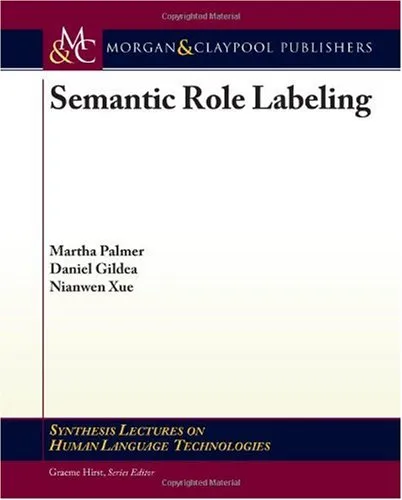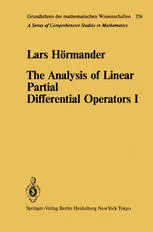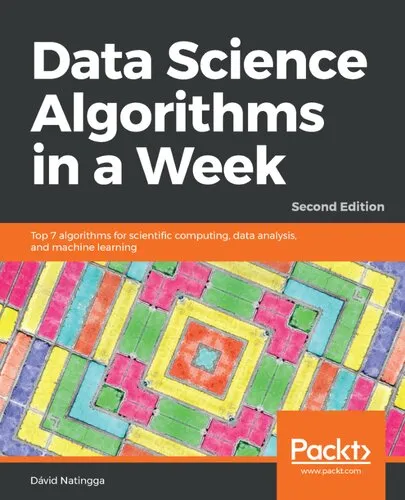Semantic Role Labeling (Synthesis Lectures on Human Language Technologies)
4.5
Reviews from our users

You Can Ask your questions from this book's AI after Login
Each download or ask from book AI costs 2 points. To earn more free points, please visit the Points Guide Page and complete some valuable actions.Related Refrences:
Introduction to "Semantic Role Labeling"
"Semantic Role Labeling (Synthesis Lectures on Human Language Technologies)" is an authoritative and comprehensive book written by Martha Palmer, Daniel Gildea, and Nianwen Xue, three renowned experts in the field of computational linguistics. This book serves as an essential guide to the technique of Semantic Role Labeling (SRL), a vital component of natural language understanding and one of the key pillars of modern artificial intelligence applications in language technology.
Semantic Role Labeling focuses on determining the relationships between a sentence’s predicate and its arguments, enabling systems to comprehend "who did what to whom, when, where, and how." It sits at the intersection of syntactic analysis and semantic interpretation, transforming raw text data into structured, actionable meaning representations. Whether you're a beginner in the field or a seasoned researcher, this book gives you the foundations and insights to grasp the theory, practice, and applications of SRL in a hands-on and accessible manner.
Detailed Summary of the Book
The book is divided into several thoughtfully designed chapters, each addressing a key aspect of Semantic Role Labeling. It begins with a historical overview of SRL, tracing its roots back to computational linguistics and the role of case grammar in defining semantic roles such as agents, patients, and instruments. The authors provide a thorough exploration into the linguistic theories underpinning SRL, including the works of Fillmore and the FrameNet project.
Moving beyond theory, the book transitions into practical methodologies for training and testing semantic role labeling systems. It delves deeply into both supervised and unsupervised machine learning techniques, highlighting the challenges of feature engineering, sparsity in labeled data, and the role of linguistic resources such as PropBank and VerbNet. The authors also discuss the impact of neural networks on SRL performance, examining how embeddings, attention mechanisms, and recent transformer-based architectures like BERT have revolutionized the field.
Lastly, the book explores real-world applications of SRL in fields like information extraction, machine translation, question answering, and summarization. By the end of the book, readers will not only have a clear understanding of how SRL works but also how it fits within the broader context of AI and its contributions to advancing natural language processing research.
Key Takeaways
- Learn the fundamental concepts and theories behind Semantic Role Labeling and its importance in natural language processing.
- Master the practical steps for building SRL systems, including detailed discussions on linguistic annotation frameworks like PropBank and FrameNet.
- Understand the evolution of SRL techniques, from symbolic rule-based methods to modern deep learning approaches.
- Explore cutting-edge trends in SRL research, including transformer-based models and multilingual extensions.
- Gain insights into real-world applications of SRL and how it enables machines to understand language meaning at a deeper level.
Famous Quotes from the Book
"Semantic Role Labeling is not just about labeling roles; it’s about enabling machines to understand the actions, participants, and contexts embedded in human language."
"The road from syntax to semantics is arduous, but SRL serves as the bridge that brings machines closer to understanding the nuances of human communication."
"As we continue to teach machines the essence of meaning, Semantic Role Labeling remains a cornerstone of the quest for natural language understanding."
Why This Book Matters
In the rapidly evolving domain of artificial intelligence, understanding language meaning is central to building smarter and more intuitive systems. "Semantic Role Labeling" is an indispensable resource for both academics and practitioners who aim to develop natural language processing systems that go beyond surface-level analysis. This book not only provides the tools and techniques to build effective SRL systems but also establishes a firm grounding in the history and philosophy of semantics in computational linguistics.
With the increasing demand for sophisticated AI applications like intelligent personal assistants, sentiment analysis, legal document analysis, and automated content summarization, Semantic Role Labeling plays a foundational role in bridging the gap between sentence syntax and its semantic interpretation. By empowering readers with a deep understanding of this critical area, the authors contribute significantly to advancing the reach and capabilities of computational linguistic technologies. Whether you aim to pursue cutting-edge research or develop next-generation AI applications, this book will undoubtedly become a key reference in your library.
Free Direct Download
You Can Download this book after Login
Accessing books through legal platforms and public libraries not only supports the rights of authors and publishers but also contributes to the sustainability of reading culture. Before downloading, please take a moment to consider these options.
Find this book on other platforms:
WorldCat helps you find books in libraries worldwide.
See ratings, reviews, and discussions on Goodreads.
Find and buy rare or used books on AbeBooks.
1225
بازدید4.5
امتیاز0
نظر98%
رضایتReviews:
4.5
Based on 0 users review
Questions & Answers
Ask questions about this book or help others by answering
No questions yet. Be the first to ask!













